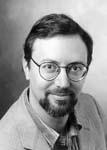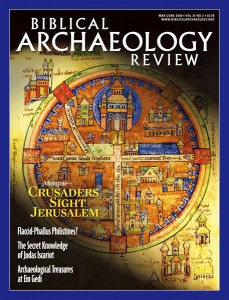Biblical Views: Forgers and Scholars—Unlikely Bedfellows

Like other readers of BAR, I look forward to the news about forgeries and fakes. There’s something deliciously dangerous about these affairs, involving characters who are a hybrid of scholars and criminals. This is the world of Humphrey Bogart (a.k.a. detective Sam Spade) in The Maltese Falcon: Is this bird statue a real antique treasure, or is it a fake or even an antique fake? Who are the mysterious connoisseurs, collectors, enforcers and experts? Why do good guys (scholars, detectives) sometimes turn into bad guys? Who is playing whom as a sap? Like a film noir, everything seems shadowy and dramatic.
The dance between scholars and forgers goes a long way back, with many fascinating byways. It can even be argued that modern historical scholarship—including Biblical scholarship—owes some of its most important practices to the pursuit of forgeries. In other words, the scholars and the forgers are codependent (to use a trendy term), not only in the commission and detection of crime, but in the very practice of historical inquiry. This is why the Renaissance scholar Anthony Grafton calls the forger “the criminal sibling” of the historical critic.1
Already a library member? Log in here.
Institution user? Log in with your IP address.

